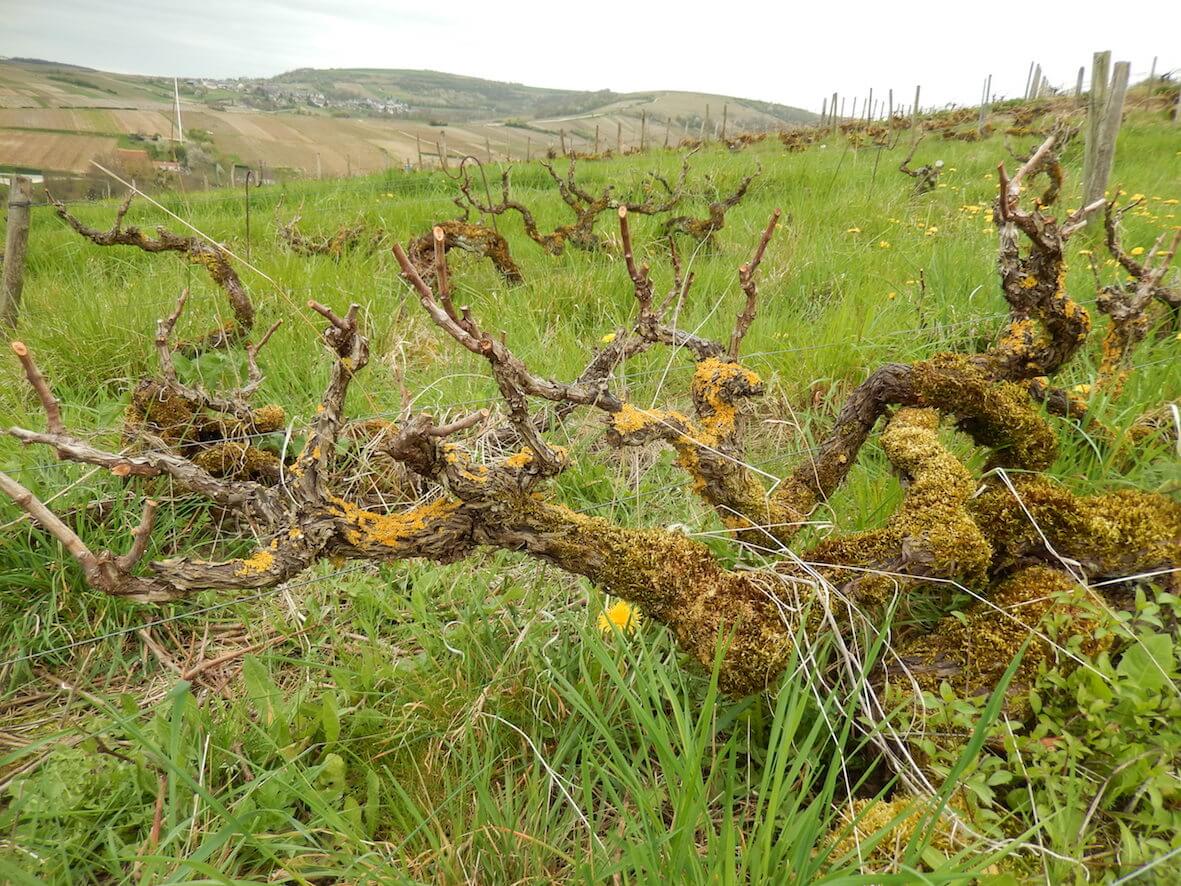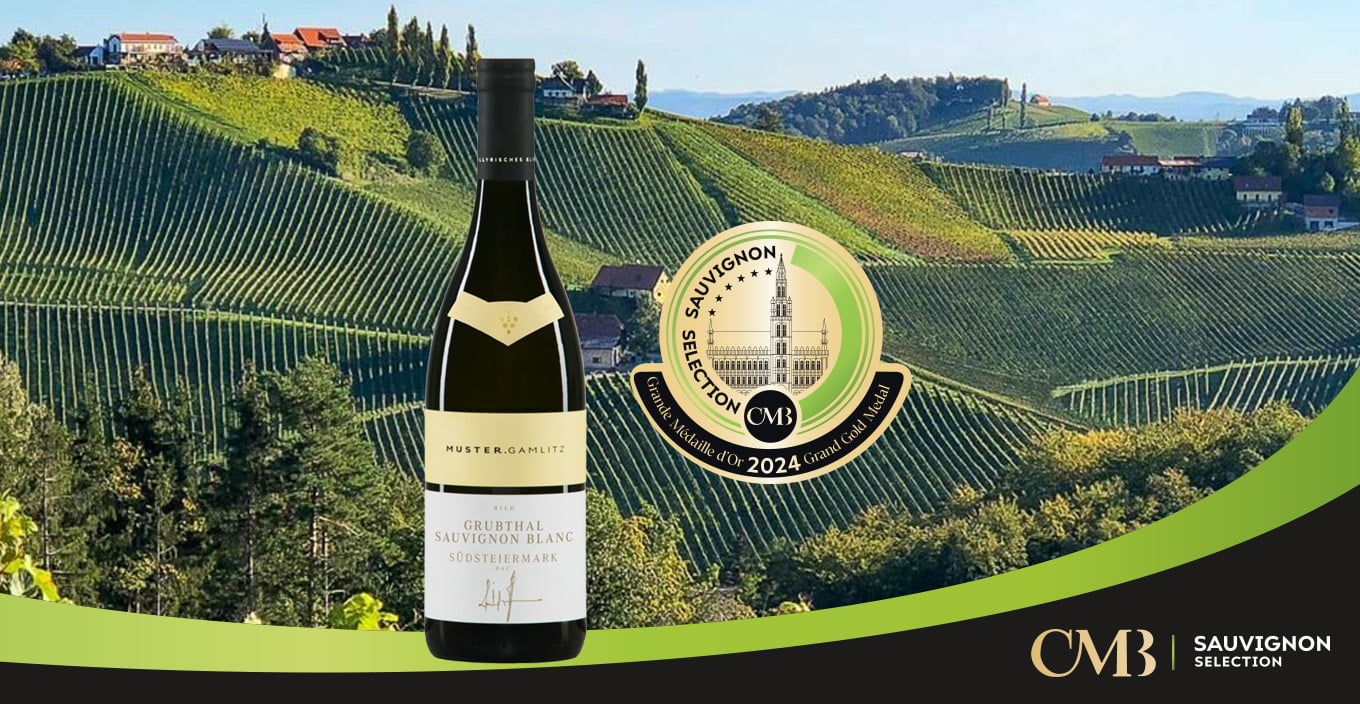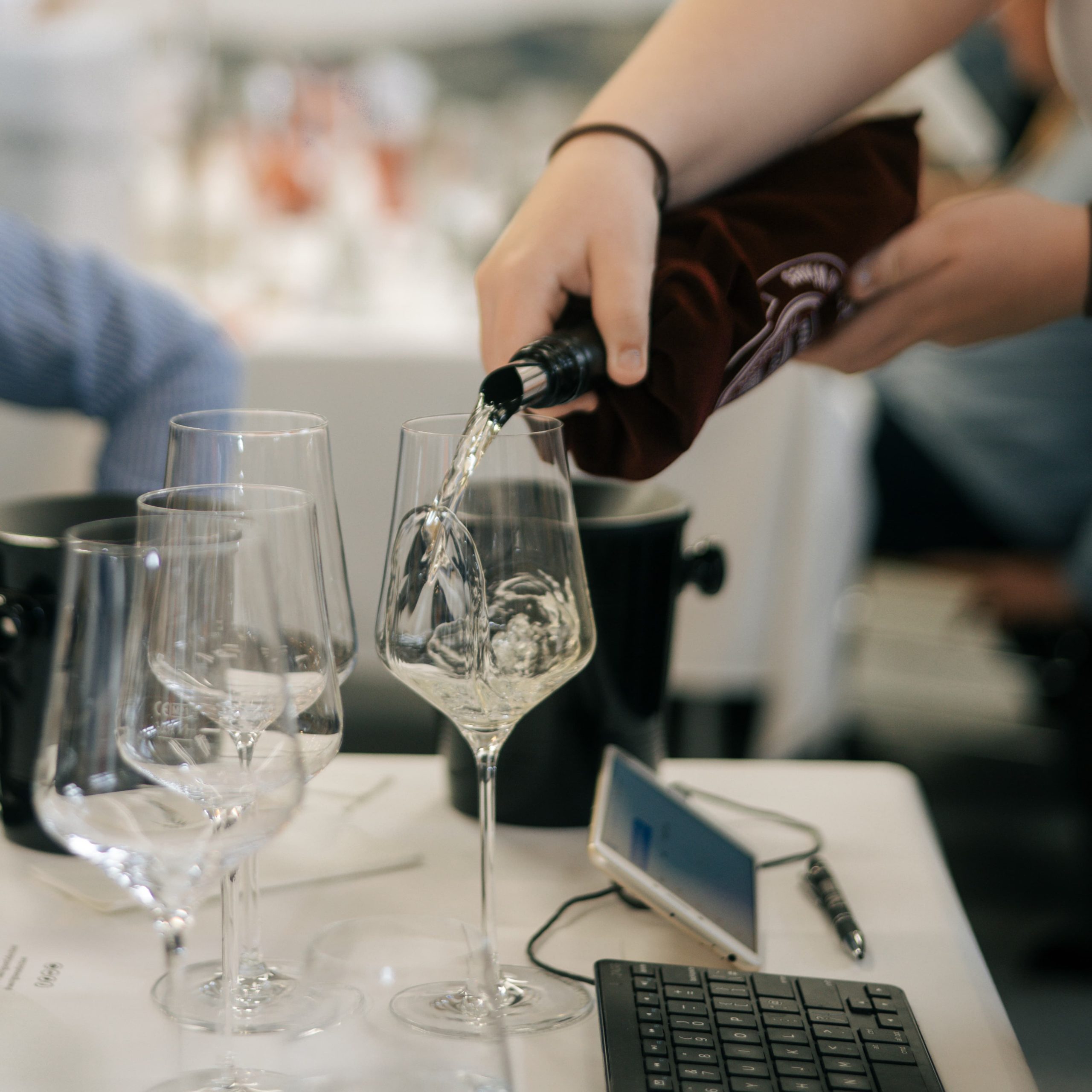Sancerre-Central Loire: The emergence of Sauvignon blanc in historical records

In the 1st century, Pliny the Elder mentioned the existence of vineyards along the banks of the Loire. The discovery, near Sancerre, of wine growing tools – namely billhooks – dating from that period proves that vines were grown there. Grape pips fermented in the 2nd century were found in Cosne-sur-Loire and by the 5th century, vineyards were undoubtedly being farmed in Pouilly-sur-Loire. This month, the Sauvignon blanc steering committee has invited Bertrand Daulny, former director of technical advisory centre SICAVAC, to recount the emergence of Sauvignon in historical records on the wine regions of Sancerre and Central Loire down the centuries to the present day.
The varietal range
Texts from Antiquity provide a cursory description of vine varieties but they do not allow cultivars to be identified with any certainty. Columella, the 1st century Roman agronomist, mentions ‘biturica vines’ grown in Gaul, but does not specifically locate them. He probably encountered them amongst the Bituriges, a name which in the vernacular of the time referred to the Bituriges Cubi, a people from present-day Central France. According to another interpretation, the term alluded to the Bituriges Vivisques from South-West France. Whatever the truth, the theory that biturica could be Sauvignon is not supported by sufficient evidence to be considered credible on the basis of current knowledge. The agronomist Olivier de Serres (1539-1619) emphasised the concept of cultivar, stating that “the air, the earth and the vine are the foundations of a vineyard”. For many years, there was no rational classification. Starting in the 17th century, botanists Pierre Joseph Garidel (1658-1737) and Father François Rozier (1734-1793) began to approach the issue from a scientific perspective. Alexandre-Pierre Odart (1778-1866) came up with the theory of Sauvignon jaune and Sauvignon vert that has now been permanently shelved. In the 1950s, there were still no fewer than five regional names for Sauvignon blanc: ‘Blanc Fumé’ in Pouilly-sur-Loire; ‘Surin’ in Touraine; ‘Gennetin’ in the Orléans area; ‘Fié’ in Poitou; and ‘Rouchelin’ in Lot.
The emergence of Sauvignon blanc
So when and how did Sauvignon emerge in Central Loire? According to a personal communication by ampelographer Jean Bisson, Sauvignon has the largest number of phenotypic variations – particularly in terms of colour (white, grey, pink, purple) – in Berry and may well come from that region. In 1783, Nicolas-François Dupré de Saint-Maur (1695-1774) published ‘Tableaux de synonomie de la vigne’ where he pointed to the presence of Sauvignon in the sub-delegations of Bourges and La Charité, to which Sancerre, Pouilly-sur-Loire, Quincy and other wine regions in the Central Loire belonged. This is reportedly the first written evidence known to this day that mentions Sauvignon in the region.
Many varieties were grown and noble varietals grew alongside common cultivars. They were generally mixed together during fermentation but the finest wines came from pure varietals or were the main variety in blends. However, as a wine’s ageing capacity is a good indicator of its quality and at the time sulphur was used empirically in the inaccurate form of sulphur wicks, the white wines had to show substantial natural richness to be classified as famous. They could only be made from grape varieties with high potential sugar levels, producing high alcohol content, and boasting sufficient acidity. Of all the grape varieties grown in times past, was Sauvignon the one whose attributes outstripped those of other grapes?
Highly prized dessert wines
Descriptions gleaned in archives support this hypothesis. In 1800 Father Rozier described Sauvignon wines as “sweet” with a “substantial scent that gives the wine a specific character”. It is not widely grown, however, because “it produces little and has therefore failed to be replanted”. In 1832, André Jullien noted that “in Sancerre, the new white wines show sweetness and a very enjoyable touch referred to as a slight sparkle; as they age, they retain their whiteness fairly well, are vinous and flavoursome”. His definition of vinous is “a wine that has a lot of strength, is spirituous and combines all the qualities that characterise wine proper to the highest degree”. In 1895, when vineyards were being replanted after phylloxera, Timothée Sarazin, a professor of agriculture in Sancerre, wrote: “We would be well advised to continue growing Sauvignon which in Sancerre produces refined, heady wines tasting of gunflint that are highly prized as dessert wines”. At the time, dessert wines were the finest and were served at the end of a good meal.
Sauvignon’s superiority over other white grape varieties
In the catalogue of wines from Sancerre selected for the World’s Fair in Paris in 1878, growths specifically made from Sauvignon held pride of place.
In 1894, the Montpellier Revue de Viticulture read as follows: “The vineyards of Pouilly are well known for the excellent white wines that have made them famous. Wines from Chasselas sell for 40 to 50 francs a hectolitre; the others, the white Fumé wines easily reach 100 francs and sometimes even 200 francs”.
Regarding the grape varieties grown in the Sancerre region, Sévegrand reported in 1908: “Sauvignon or Blanc Fumé…produces a wine with a characteristic, slightly musk-like bouquet. Its must is very rich in sugar and the resultant wines are very high in alcohol. After a few years in the bottle, the wines are truly superior and fully justify their favour with those who are familiar with them”.
From the end of the 19th century, the arrival of the railway hastened the spread of freight transportation and trade. The wines could be shipped more easily, quicker and to destinations farther and farther away. The vineyards of Central Loire were replanted primarily with Sauvignon. The first to be granted appellation status in 1936, wines from Sauvignon blanc became increasingly successful. Demand grew regularly, despite wars and recession stalling development in the first half of the 20th century. Wine growing would really take a turn for the better from the 1960s onwards and growth continues to the current day – the wines have truly secured worldwide fame.
Conclusion
Sauvignon has been grown since time immemorial in the vineyards of Sancerre and Central Loire. But only at a later stage did it feature in historical records, the contents of which evolved concurrently with advances in scientific and technical knowledge and growing awareness of the concept of grape variety. Over the centuries, archives initially revealed the existence of prime vineyard sites and celebrated localities, but proffered limited information on the type of wines grown there. Subsequently, the nature of the wines and their colour were mentioned and the specific reputation of white wines was discovered. Finally, the advent of ampelography marked the emergence of Sauvignon in written documents.


